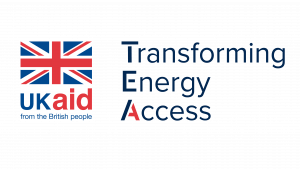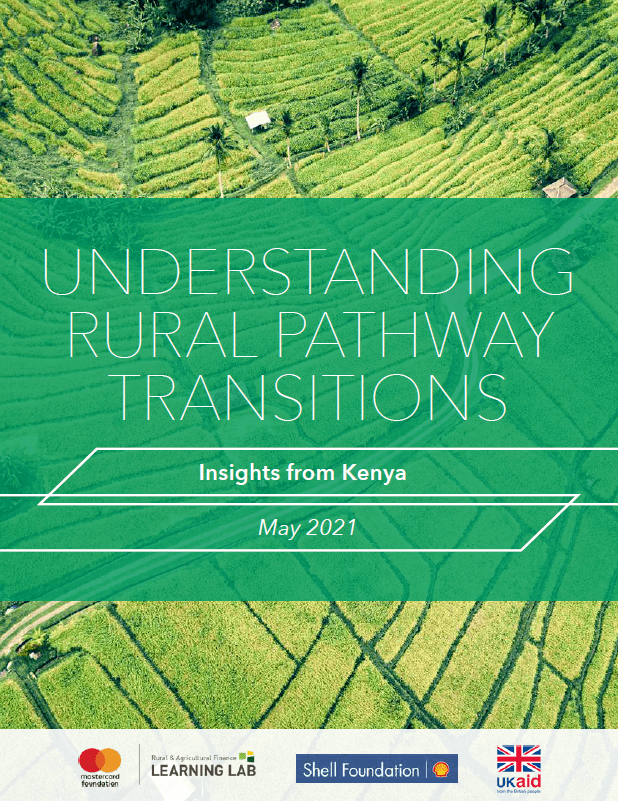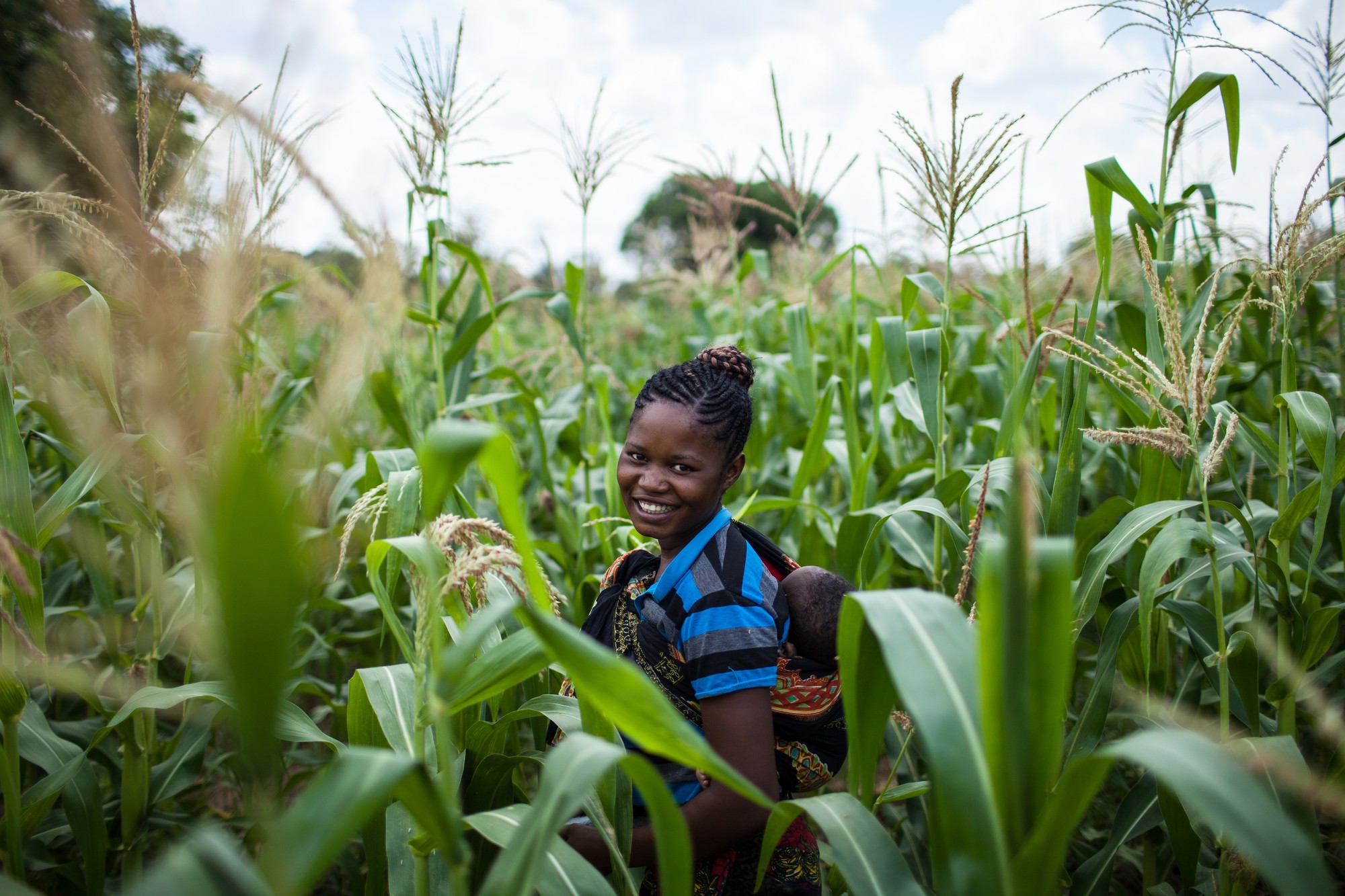Successful and inclusive rural economic development needs to be built on long-term understanding of and engagement with rural households.

New research, Understanding Rural Pathway Transitions, developed by Shell Foundation (SF) and MasterCard Foundation’s Rural & Agricultural Finance Learning Lab (RAFLL), with support from The UK’s Foreign, Commonwealth and Development Office (FCDO) – provides a structure to map rural households’ economic and social circumstances and provides practical insights and recommendations to service providers, funders and policymakers that allows them to align their support to directly meet the needs and aspirations of rural households.
By combining the pathways model introduced in 2019 by RAFLL with interviews of 1,225 rural households in Kenya the report presents a dynamic understanding their different and evolving aspirations, livelihoods, and needs over an extended period.
The research looks in detail at four pathways that play a vital role in rural economies: the vulnerable subsistence farmer, the traditional commercialising farmer, the small to medium (SME) agribusiness owner, and the micro-entrepreneur.

Different stakeholders in the development sector can apply the research to:
- Design better customer research to understand what customers might need today and tomorrow to design more tailored and sequenced products and services that can help rural households progress.
- Develop stronger and more thorough impact and investment theses with long-term horizons to get a more accurate assessment of the impact-return trade-off, and how this might change over time.
- Develop more effective collaboration between actors working in the rural livelihoods sector by using a common language about target beneficiaries, Pathway transitions, and how different actors fit into that journey. This will allow stakeholders to better collaborate based on aligned expectations.
What factors influence rural households’ income, resilience and agency?
Insights in the report include a presentation of the enabling and inhibiting factors that impact lives of low-income populations, particularly women who face structural barriers in accessing the capital, networks, and skills needed to lift their households from poverty and hardship.
The three broad categories of enablers, that can be tailored to each pathway are access to:
- Productive assets and capital
- Knowledge and support
- Markets
Most households identify economic shocks (for example, Covid-19), impact of climate events like drought or pests, and household shocks, such as medical emergencies—as their greatest risks.
Download the full report (pdf, 11mb)
Understanding Rural Pathway Transitions will help the development sector align its work behind actual and nuanced demands and needs of rural households and to offer services, tools and finance that match these needs, leading to the design of innovative support services and products that maximise impact to low-income populations.
Photo credit: Huxta for Mastercard Foundation

